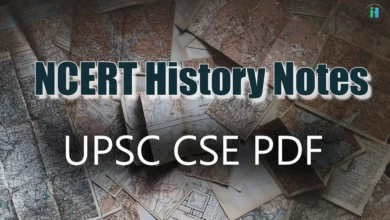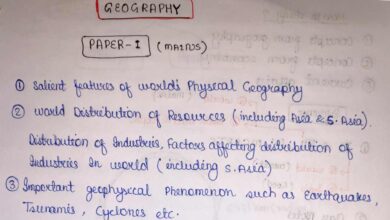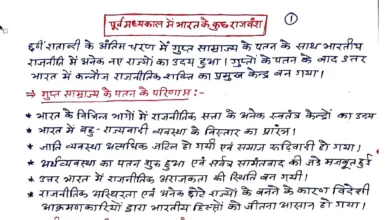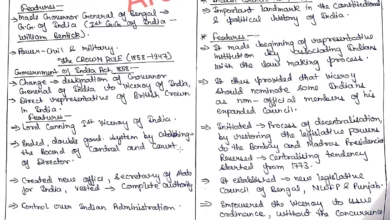In this article, we’ll explore practical strategies to grasp Indian art and culture for success in UPSC exams. Given its significant presence in the exam syllabus, this knowledge is crucial, spanning prelims, mains, and interviews.
ART AND CULTURE Handout (SUPPLEMENTARY) for UPSC Prelims and Mains GS 1 Examination.
Indian art and culture form a substantial part of the UPSC syllabus, impacting performance across exam stages. A comprehensive understanding not only boosts scores but also aids in comprehending broader social, political, and historical contexts.

- Study of Indian History and Civilizations:
- Delving into Indian history is crucial, covering eras such as the Indus Valley Civilization, the Vedic Period, the Mauryan Empire, and the Gupta Dynasty.
- Exploring the contributions of influential rulers, artists, and thinkers from various historical periods enhances your grasp of the subject.
- Exploring Traditional Indian Arts and Crafts:
- Traditional art, including miniature paintings, Madhubani paintings, and Tanjore paintings, provides insights into India’s cultural heritage.
- Understanding these art forms’ techniques, themes, and cultural symbolism is essential.
- Indian Classical Music and Dance Forms: A comprehensive understanding of classical music genres, dance forms, historical context, classical ragas, and intricate footwork is vital.
- A comprehensive understanding of classical music genres (Hindustani and Carnatic) and dance forms (Bharatanatyam, Kathak, Odissi) is vital.
- Exploring the historical context, classical ragas, and intricate footwork associated with these art forms enhances your appreciation.
- Immersing in Indian Literature and Poetry:
- Reading ancient texts like the Vedas and Upanishads and epics like the Ramayana provides insights into diverse literary traditions.
- Analyzing the themes, writing styles, and contributions of celebrated authors like Tagore, R.K. Narayan, and Premchand is essential.
- Watching Indian Cinema and Theatre:
- Indian cinema, especially Bollywood, profoundly impacts popular culture, portraying cultural themes and traditions.
- Attending live theatre performances, encompassing traditional Indian plays and modern productions provides a firsthand experience of Indian performing arts.
- Examining the Influence on Modern Society:
- Understanding how Indian art and culture influence modern society in fashion, design, music, and literature is imperative.
- Analyzing the fusion of traditional and contemporary art forms in the works of modern Indian artists broadens your perspective.
- Online Resources for Indian Art and Culture:
- Use dedicated online resources such as the National Portal of India, the Archaeological Survey of India’s website, and state cultural websites.
- Accessing comprehensive information, articles, videos, and interactive materials online enhances your understanding.
- Interacting with Experts and Artists:
- Engaging in discussions and seeking guidance from experts in Indian art and culture is invaluable.
- Participation in seminars, workshops, and lectures by renowned scholars, historians, artists, and curators enhances your knowledge through direct interaction.
- Guided Tours and Cultural Exchange Programs:
- Participation in guided tours and cultural exchange programs provides immersive experiences across diverse regions of India.
- Engaging with local communities and artists during these programs offers a firsthand understanding of various art forms, rituals, and cultural practices.
- Self-Evaluation and Practice Questions for UPSC Preparation:
- Regularly assessing your knowledge through practice questions and UPSC-specific mock exams is crucial.
- Identifying strengths and weaknesses and focusing on improvement, using study materials and reference books tailored for UPSC preparation, is an ongoing process.
iashindu.com published a link that is already available on the internet. To remove the link, please contact us through our contact page.



